The Race to Rio is over and now it is time to sift through the numbers and see who has earned the right to chase their Olympic dream this summer.
By Don Hearn. Photos: Badmintonphoto
Last year, Badzine published what we thought would be the first of many sets of the Rio editions of our Olympic Qualification Dummy Lists. As many of you know, particularly if you have been following them since last summer, the Badminton World Federation (BWF) has produced dummy lists of their own that had the same information but a greater degree of interactivity than we were able to provide.
In 2012, though, we were able to give you the lists of qualifiers several days before the BWF published the official ones. This year, we do not have the complete spreadsheet maintained to do that but we have been tracking the changes and developments and we believe we can provide a reliable list of the changes over the last week of the qualifying period.
Remember that in the next few days or weeks, the BWF will be announcing whether additional singles spots have been allocated to tripartite place recipients or whether any of them (a total of 3 in women’s singles and 3 in men’s singles) have been reallocated to reserve shuttlers. These, in addition to the changes we list below, could mark the differences between the April 28th standings and the actual lists of players that will be issued invitations.
One contingency that will affect the qualifiers and possibly the overall numbers in the singles disciplines – but which will not be decided until after the BWF sends its lists to the member associations – is the continental quota holders. Australia can choose only two from among 4 disciplines in which it has the top Oceanian player or pair. For example, if they choose not to use their men’s doubles ticket, it could get reallocated to the top Thai pair and Bodin Issara would then have a double ticket, which would open up another men’s singles spot.
On the other hand, it is even murkier when it comes to the USA. They have the top Pan Am pairs in all three doubles disciplines but their women’s pair is also preceded by only 15 qualified pairs which means that theoretically, they have what appears to be an outright qualification. This could be the case in men’s doubles as well, if Australia does not choose to exercise its continental quota there. In 2012, there was a similar case involving South Africa and it was apparent at the time that the BWF might deem such a situation as constituting use of a continental spot. If the USA is forced to choose, then there is a good chance that a Canadian pair will get the nod and that Phillip Chew (pictured above right) will not have a double ticket.
It is not only the member associations with more than one continental quota spot who have decisions to make. Just as in 2012, Li Xuerui was selected to represent China in women’s singles instead of the then higher-ranked Wang Shixian, member associations can again in many cases select players other than those who are the highest ranked. In women’s singles this year, China can choose any 2 from 5 who are ranked in the top 16, while a country like Indonesia or Malaysia could choose any one of their top six shuttlers.
Please note that only the BWF-issued lists are official. What follows is a list of only the changes from the April 28th lists published by the BWF. The links are provided so for any other information on who was already in and out, please see last week’s official lists. The designation In, as used below, means that the shuttler will be shown as a qualifier on the lists published by the BWF later this week.
Men’s singles
The current number of men’s singles qualifiers is 38 (34, plus 3 additional spots freed up by Michael Fuchs, Phillip Chew (pictured above right), and Zhang Nan qualifying in two events each, plus a re-allocated host country spot since Ygor Coelho de Oliveira was among the top 34). Petr Koukal (pictured above) came in just under the wire in terms of timing and points but the last one to move into contention was actually the new Oceania Champion Ashwant Gobinathan (pictured top) of Australia.
The following are changes from the April 28th standings.
In:
Lee Dong Keun (KOR)
Petr Koukal (CZE) – re-allocated host country spot
Ashwant Gobinathan (AUS) – Oceania continental spot (if 1 of 2 selected by Australia, from among 4)
Out:
Lino Munoz (MEX) – 1st reserve
Ville Lang (FIN) – was holding re-allocated host country spot; now 2nd reserve
Low Pit Seng (AUS) – was holding Oceania continental spot
Women’s singles
As Lohaynny Vicente was relegated to outside the top 37 places, she will be able to use the host country spot outright. The other 37 places (34 plus additional 3 from double spots earned by Zhao Yunlei, Christinna Pedersen, and Selena Piek) include one continental qualifier, Wendy Chen of Australia. The top African is Kate Foo Kune (pictured, above left) of Mauritius and she is also now the 37th qualifier.
There are just a few changes from the April 28th standings.
In:
Wang Yihan (CHN)
Ozge Bayrak (TUR)
Natalia Perminova (RUS)
Nanna Vainio (FIN) (pictured, above right)
Out:
Wang Shixian (CHN)
Neslihan Yigit (TUR)
Ksenia Polikarpova (RUS)
Laura Sarosi (HUN) – was #36; now 2nd reserve, after Kati Tolmoff (EST)
Airi Mikkela (FIN) – was holding re-allocated host country spot; now replacedby Nanna Vainio, who is in confirmed list
Men’s doubles
Two changes from the April 28th standings.
In:
Michael Fuchs / Johannes Schoettler (GER)
Matthew Chau / Sawan Serasinghe (AUS) – Oceania continental spot (if 1 of 2 selected by Australia, from among 4)
Out:
Bodin Issara / Nipitphon Puangpuapech (THA)
Andries Malan / Willem Viljoen (RSA) – were holding Africa continental spot; now ineligible – ranked outside the top 50
Women’s doubles
Two changes from the April 28th standings.
In:
Puttita Supajirakul / Sapsiree Taerattanachai (THA)
Heather Olver / Lauren Smith (ENG) – Picks up unused Africa continental spot
Out:
Jongkolphan Kititharakul / Rawinda Prajongjai (THA)
Menna Eltanany / Nadine Ashraf (EGY) – were holding Africa continental spot; now ineligible – ranked outside the top 50
Mixed doubles
One change from the April 28th standings.
In:
Kenta Kazuno / Ayane Kurihara (JPN) – Picks up unused Africa continental spot
Out:
Abdelrahman Kashkal / Hadia Hosny (EGY) – were holding Africa continental spot; now ineligible – ranked outside the top 50
Overview
China was the only team to maximize its participation at the Rio Olympics. They are entitled to send 10 entries: 4 singles players and 6 doubles pairs. In fact, with 3 men’s singles players in the top 16, 5 in the women’s singles top 16 and three pairs in the top eight of women’s and mixed doubles, they should have lots of flexibility in case they decide that some qualifiers are not in top form.
Next up is Korea. Lee Dong Keun (pictured) won two key matches in Wuhan and together with a rule change that expunged Kento Momota from the world rankings, he snuck into qualifying range at #16 in the world. Lee was the 9th qualifier for Korea. The only discipline in which Korea did not get a second entry was mixed doubles, where Shin Baek Cheol and Chae Yoo Jung came in at #9 but were well off the top 8 pace.
Three teams – Japan, Denmark, and Indonesia – had players qualify in six events. Japan has two in women’s singles, Denmark two in men’s singles, and Indonesia doubled up in mixed doubles. The other team that could join the six-qualifier club is Thailand. Bodin Issara and Nipitphon Puangpuapech are next in line should Australia abdicate their men’s doubles continental spot or in case of an injury to a higher-ranked pair, a grim prospect that became an unfortunate possibility when Ivan Sozonov ruptured his Achilles tendon at the European Championships.
The only other teams to qualify two in one discipline were Hong Kong, who have both Hu Yun and Ng Ka Long in men’s singles and India, who have Saina Nehwal and Pusarla Venkata Sindhu in women’s singles.
In nearly all disciplines, players needed more points to be in that second-qualifier range than their counterparts did in 2012. The 46,498 points Lee Dong Keun needed to be #16 in the world was slightly less than Hans-Kristian Vittinghus’s 48,129 in 2012 and Porntip Buranaprasertsuk’s 46,976 was only slightly more than 2012 world #16 Gu Juan had. However, in doubles, there was no comparison. The highest point total of any world #8 doubles pairs in 2012 was 58,840 by Jung/Kim in women’s doubles but this year, to be in the top eight, pairs had to get at least 64,000 points and in mixed doubles, the final pair in the top eight had a whopping 68,302.
![RACED TO RIO – Who made it? The Race to Rio is over and now it is time to sift through the numbers and see who has earned the right to chase their Olympic dream this summer. […]](http://www.badzine.net/wp-content/uploads/ngg_featured/Gobi-Rotator.jpg)
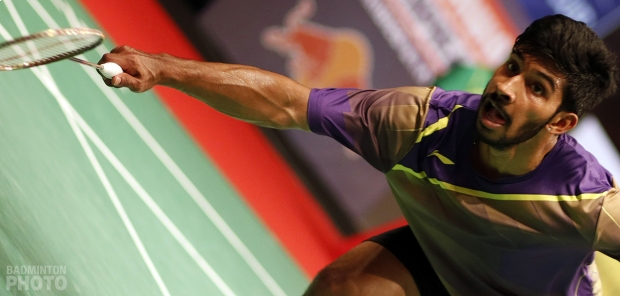
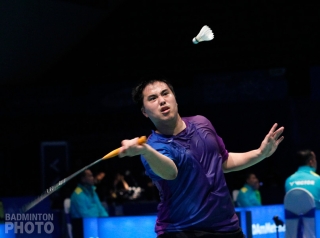
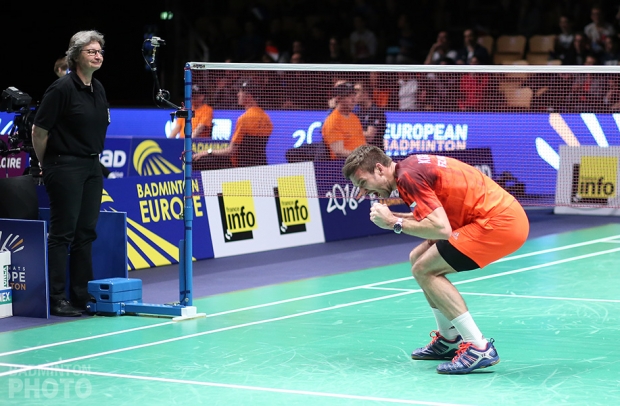
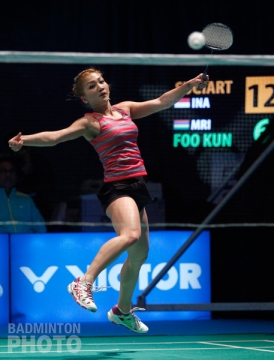
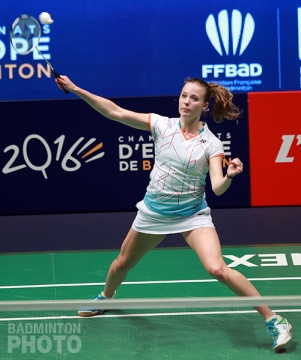
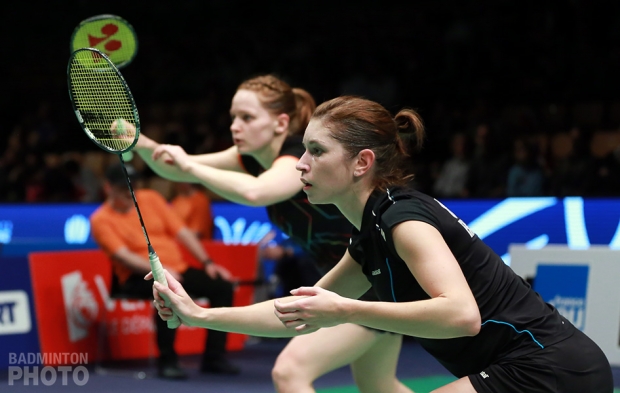
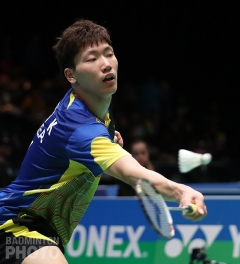

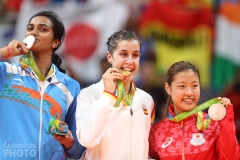
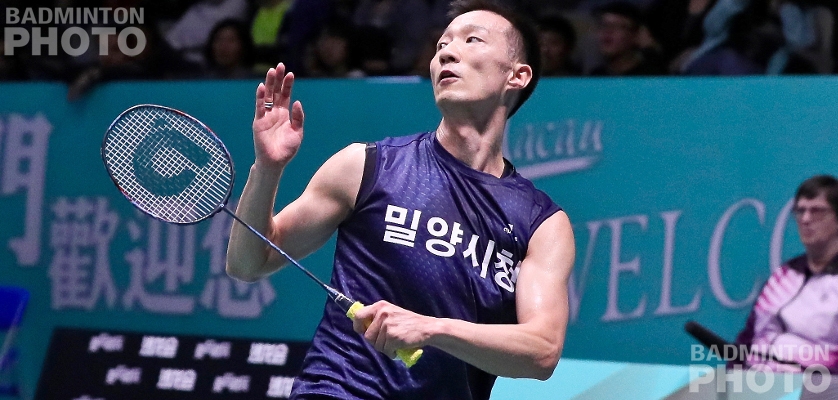
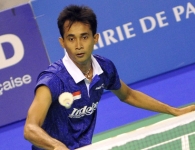
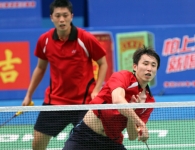
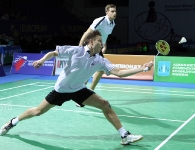

Leave a Reply